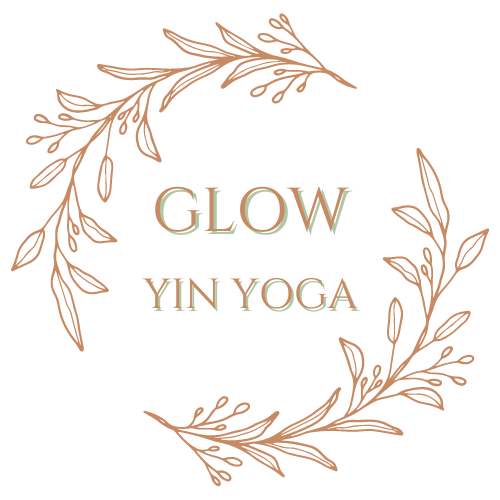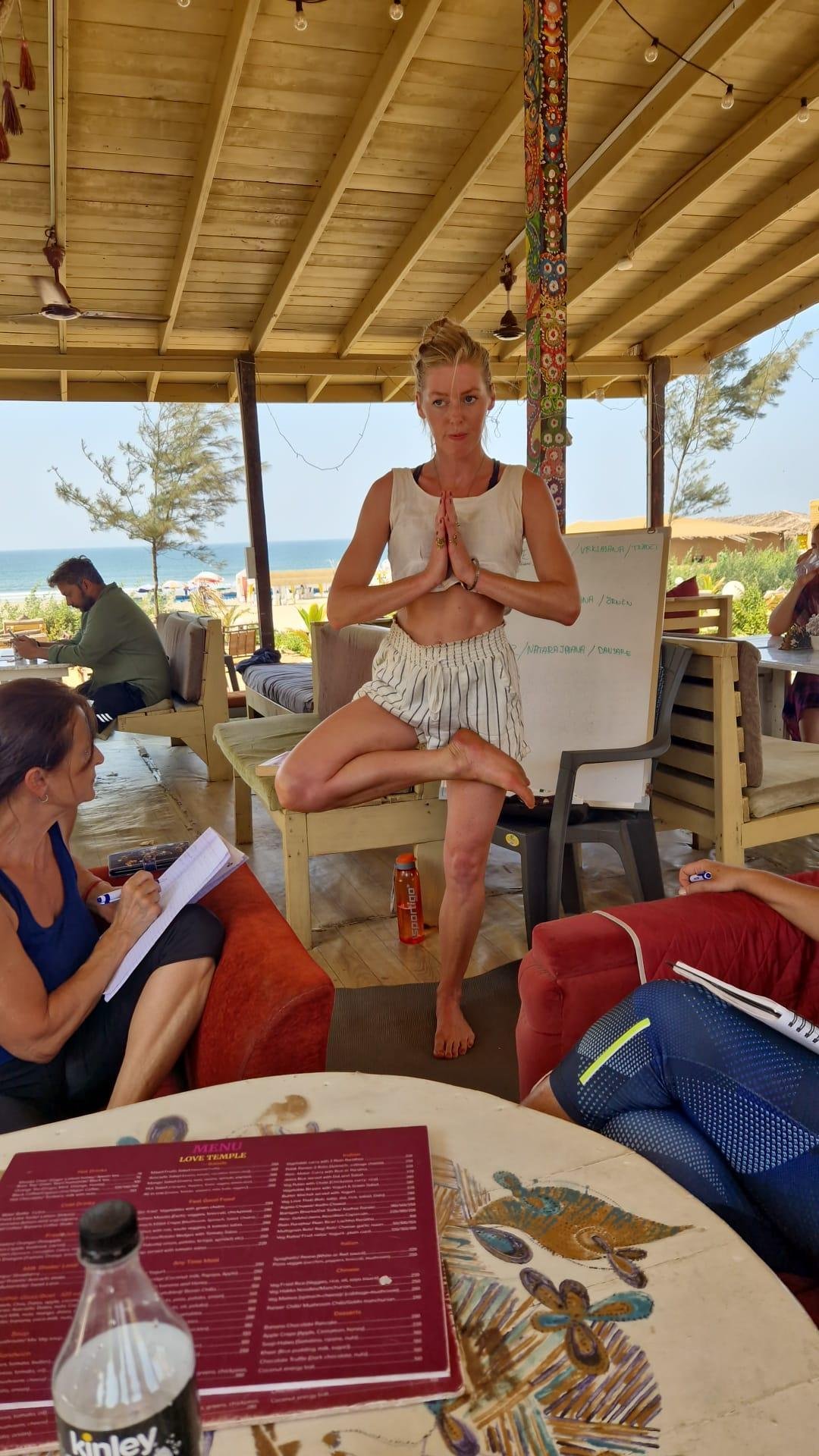Yin yoga is a unique style of yoga characterized by passive poses, known as yin poses, which are held for extended periods, typically ranging from 3 to 10 minutes. While Paul Grilley developed this yoga style in the 1980s, the concept of holding poses for longer durations is rooted in classical Hatha Yoga, originally practiced by monks.
How Does Yin Yoga Differ from Other Yoga Styles?
Yoga encompasses various styles, with some being more active (yang) and others more passive (yin). Yang yoga primarily targets muscle tissues, whereas yin yoga focuses on deeper connective tissues such as tendons, fascia, and ligaments.
The primary distinction between yin yoga and other yoga forms lies in the duration each asana (pose) is held. In dynamic yoga styles like Vinyasa Flow, asanas are held for just 5 to 10 breaths with continuous movement between poses.
In contrast, yin yoga involves holding each pose for 3 to 10 minutes, giving deeper and less flexible tissues time to stretch. Rather than strengthening muscles, yin yoga is more effective at enhancing overall flexibility and range of motion.
Additionally, yin yoga emphasizes controlled and conscious breathing, often through relaxed belly breathing. This approach encourages practitioners to connect deeply with their physical sensations, emotions, and overall well-being.
Yin yoga’s ability to foster both physical and mental openness makes it a valuable practice in behavioral treatment centers for conditions such as eating disorders, addictions, and trauma.
Tips and Techniques for Yin Yoga
Yin yoga aims to create balance by engaging deep connective tissues. Here are some tips to enhance your practice:
- Move Slowly: Hold each pose for a few minutes or longer. If you experience discomfort, adjust the pose or gently exit it.
- Prioritize Comfort Over Perfection: The goal of yin yoga isn’t achieving the perfect pose but rather finding what works best for your body.
- Focus on Your Own Experience: Bodies may appear similar externally, but each individual’s structure is unique. Avoid comparing your postures to others and concentrate on what feels right for you.
How to Practice Yin Yoga
For beginners, practicing under the guidance of a yoga instructor is advisable. Yin poses are deep and meditative, and an instructor can help navigate each session.
Yin yoga classes typically move at a slow pace, focusing on internal exploration. Regardless of your experience level, an instructor will help you experiment with poses and understand your personal range of motion. Since each body is unique, physical alignment and joint mobility will differ from person to person.
Benefits of Yin Yoga
Yin yoga offers numerous benefits, including:
- Increased overall flexibility
- Improved circulation
- Enhanced range of motion in joints and ligaments
- Better breath connection
- Enhanced emotional balance
- Reduced symptoms of stress, depression, anxiety, and sleep disturbances
Is Yin Yoga Suitable for Beginners?
Yin yoga is suitable for both beginners and experienced practitioners, making it a versatile practice for people of all ages and abilities. However, to minimize the risk of injury, consider taking a few classes from a reputable teacher before exploring new poses independently.
Examples of Yin Yoga Poses
Yin yoga sessions usually involve a few key poses. Here are some examples:
- Shoelace Pose: This restorative pose targets the arms, shoulders, hips, knees, and upper back. To perform:
- Sit on the floor with bent knees and feet flat.
- Place your left foot near the outer edge of your right hip and your right foot near the outer edge of your left hip.
- Gently hinge forward at your hips.
- Hold the position, then slowly sit back up.
- Switch legs and repeat.
- Dragonfly Pose: This pose stretches the hips, thighs, and groin. To perform:
- Sit on the floor with legs spread wide apart.
- Keep knees and feet pointing upwards.
- Fold forward at the hips, walking your hands out in front.
- Hold, then walk your hands back and bring your legs together.
Additional Yin Yoga Tips
Expect a calm, quiet environment during a yin yoga session. Movements are slow, and props like bolsters, blankets, and blocks may be used for support. Coordinate your breath with each movement: inhale as you enter a pose and exhale as you transition out. This practice helps you relax and avoid holding your breath.
Avoid comparing your poses to others’ as each body is different. What works for someone else may not be ideal for you.
Who Should Avoid Yin Yoga?
While yin yoga benefits many, individuals with osteoporosis should avoid poses that involve extreme spinal flexion or extension. Pregnant women in their third trimester or those recovering from childbirth should also avoid yin yoga due to the increased risk of overstretching from the hormone relaxin, which enhances joint flexibility.
Get in Touch
200-Hour Yin Yoga Training | Yin Yoga TTC | 200 Hour Yin Yoga Teacher Training Course | Yin Yoga | Yin Yoga Retreats | Yin Yoga Teacher Training Course

